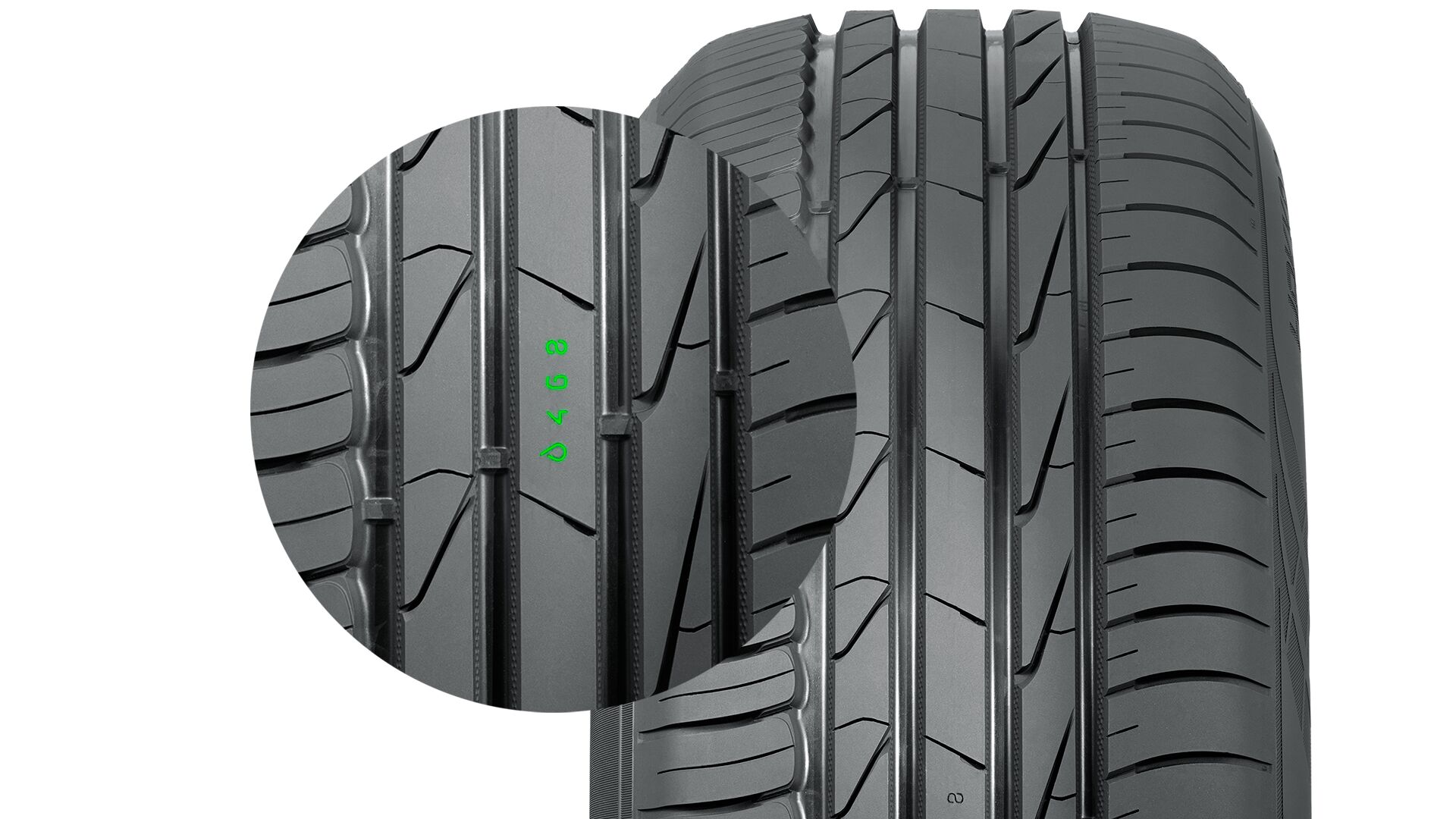
The DOT marking is just one of the markings printed on the tire's sidewall. Do you know the tire markings and how to check the tire's age?
Choosing the right tires is not a small decision, and each driver needs information about the tire itself to support the selection. This is where the markings on the tire's sidewall come in. From the tire markings, you can determine, for example, the age and size of the tire. These are needed to determine if the tire is suitable for your car and whether your tires are already past their prime. One marking that puzzles many drivers is the so-called DOT marking or DOT code.

What is the DOT marking on a tire?
The DOT marking is found on the tire's sidewall and indicates the tire’s manufacturing week and year. The abbreviation DOT comes from the words Department of Transportation, referring to the United States Department of Transportation. It is indeed a marking required in the United States tire market.
The marking indicates the tire's age, manufacturer and place of manufacture. Therefore, the DOT marking according to US standards may not necessarily be found on all tires sold in Europe. However, you will always find the DOT marking on all Nokian Tyres products no matter where you live.
How to read the DOT marking
The first two numbers indicate the manufacturing week, while the other two numbers tell you the year when the tire was manufactured. For example, the marking 3023 indicates that the tire was manufactured in week 30 of 2023.
Pay attention to the age of the tire
How should the DOT marking then be interpreted? The DOT marking is important as it is indicating the age of the tire. However, age alone does not tell you whether the tire is still roadworthy or not, so it is worth keeping a few guidelines in mind to evaluate the age of the tire. These are also particularly beneficial when buying used tires.
- The total age of the tire should not be over 10 years. As the tire ages, its driving properties deteriorate, and the rubber compound becomes brittle. Therefore, an old tire is also less safe. The total age is calculated from when the tire was manufactured.
- If the total age of the tire is still under 10 years, its lifespan should not be more than six years according to recommendations. However, there is no single recommendation for all tires, as the level of tire wear depends a lot on the driving style and how much the tire is used.
- When buying tires, keep in mind that tires can be sold as new if they are at most five years old. The markings on the tire's sidewall help you interpret its age.
- The marking of the tire's manufacturing date can be found only on one side of the tire.
The quality of the tire also affects its wear. Cheap but poor-quality tires wear faster than premium tires. Therefore, saving on tires is not worthwhile in the long run, as by paying a bit more for a high-quality premium tire, you can enjoy driving on it for longer.
Other tire markings
The markings on the tire's sidewall are presented in a format such as 205/55 R 16 94 V XL. This reveals the following tire characteristics:
- width
- profile ratio
- structure
- rim size
- load class
- speed class
- elevated load class (optional)
Each of these is important, but the markings indicating the size of the tire are particularly useful. From Nokian Tyres' website, you can search for tires suitable for your car, also based on tire size. Enter the tire width in millimeters and the height and rim size in inches on the page. You will get suggestions for tires suitable for your car by size.
How to check tire condition?
As already mentioned, it is more important to be able to interpret the condition of your tires in other ways than just their age. Even if a tire has several years of lifespan left according to recommendations, the tire may already be too worn out. In addition to the number of years, the tire’s tread depth helps in assessing its condition.
There are separate requirements for the tread depth of summer tires and winter tires. The minimum allowed tread depth for winter tires is 3 mm and for summer tires 1.6 mm, depending on the country and the relevant laws.
Even if the legal requirements are met, it is still advisable to change the tires to new ones sooner rather than later. This is because the grip and driving characteristics of the tires deteriorate in demanding situations as they wear. In addition to tread depth, with studded tires, pay attention to the tire studs and how many there are left between all four tires.
The wear of tires is affected by age, mileage and driving style, vehicle overloading as well as tire quality. With high-quality tires, you can drive significantly longer compared to cheap but poor-quality ones. Therefore, choose reliable, premium tires from Nokian Tyres for your car. All Nokian Tyres products have a DSI (Driving Safety Indicator) mark on the tread surface, which gives us information about the remaining tread depth without the need for a depth gauge.

Please remember that it is the driver’s responsibility to ensure their tires are safe and suitable for their vehicle and to follow the vehicle’s manufacturer´s guidelines for proper use and maintenance. Consult your closest Nokian Tyres dealer or your vehicle’s manufacturer for specific advice.


